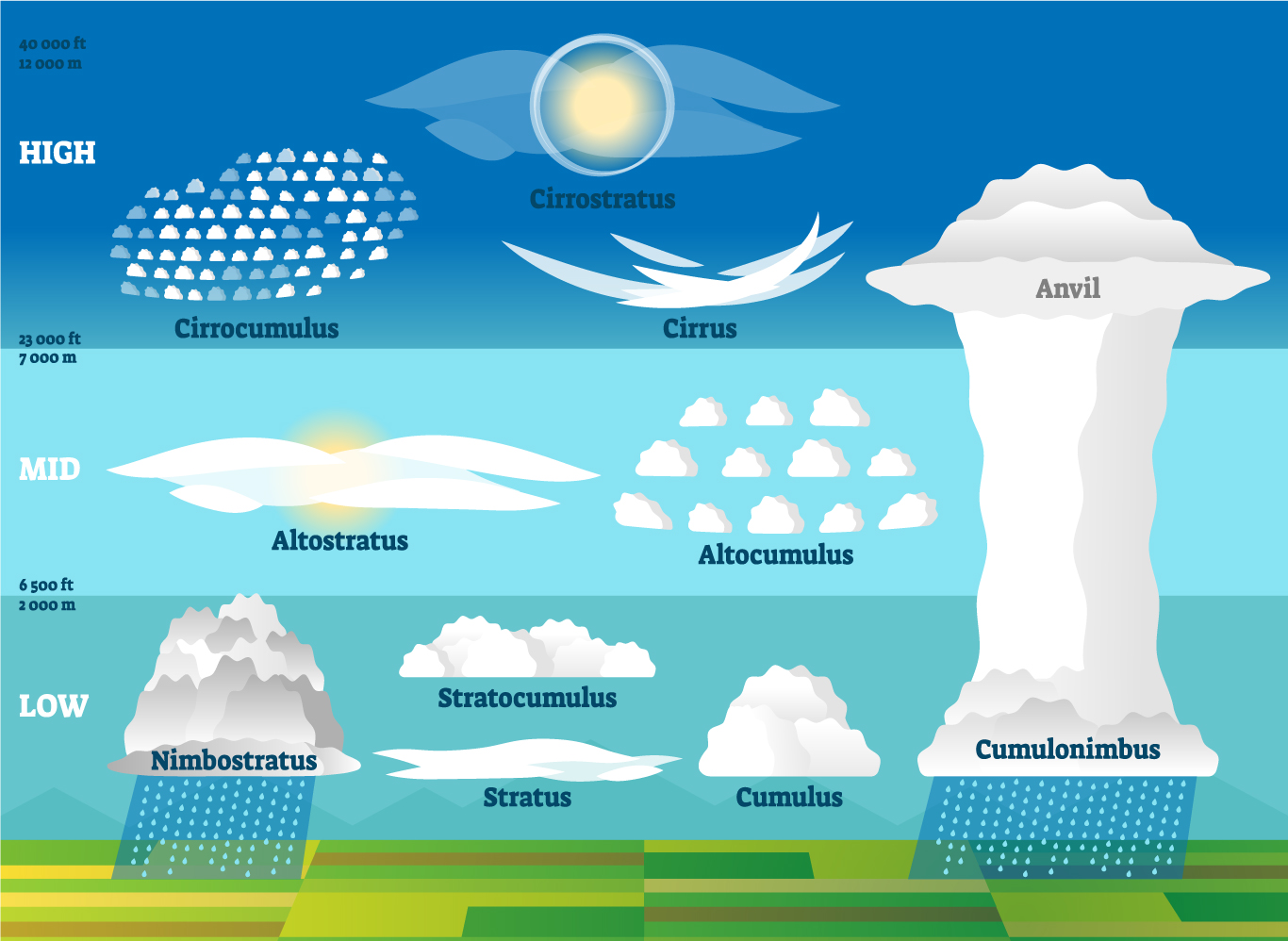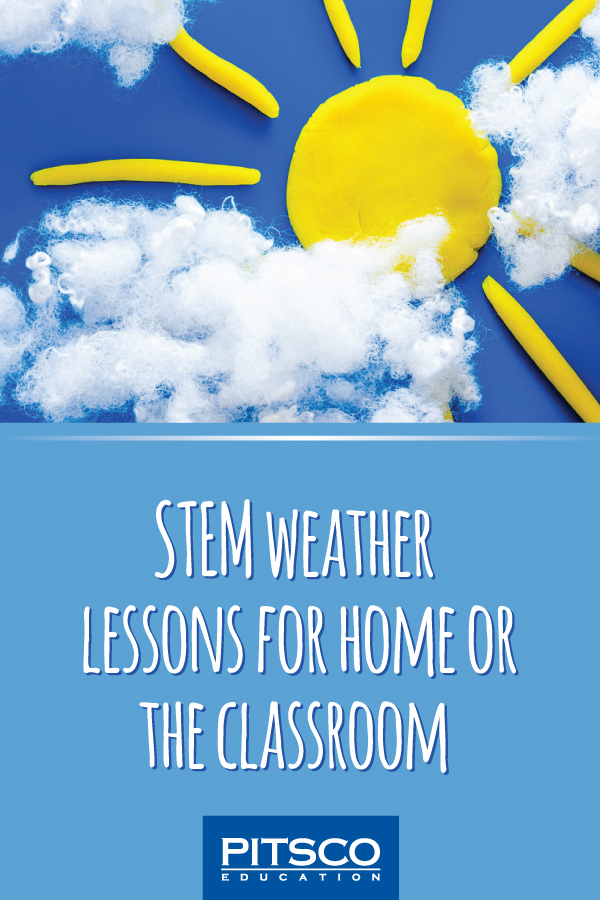Updated 6/12/24
There are so many aspects of weather, which makes it a great STEM topic with lessons for every age. And who doesn’t benefit from understanding weather better? It’s around us every day!
When we think of weather, we often think of meteorologists. We rely on meteorologists – who’ve made it their life’s mission to understand and report their findings for the benefit and safety of others – to give accurate forecasts so we can make our plans and stay safe.
But . . . how is the data they use gathered? How do they process the data? Where did the technology come from? What causes different weather events? What careers besides a weather forecaster are out there? The questions can go on and on, especially if your kids are in the why stage. We don’t have all the answers for you, but let’s talk about some basics before we offer some resources you can use to teach your students about this topic.
Capturing the Data
Predicting the weather has definitely improved since the time of Aristotle – he’s considered the founder of meteorology. Weather events will always have an element of unpredictability, but using technology to continually gather data has aided in making weather forecasting more accurate.
Weather balloons have been a part of this advancement. Have you seen The Aeronauts movie? The story is loosely based on the scientist James Glaisher, who made groundbreaking discoveries by ascending to great heights 28 times in a gas balloon in the mid-1800s. He studied wind and rain at different altitudes using thermometers, barometers, and hygrometers. Unmanned meteorological balloons are still used to gather this type of data today.

According to Weather.gov, there are 92 unmanned weather balloons released two times daily by the National Weather Service in the US and its territories. These carry an instrument called a radiosonde to more than 100,000 feet in the atmosphere, which measures pressure, temperature, and relative humidity. The radiosonde has a transmitter that sends collected data back to equipment on the ground via satellite. After the balloon bursts, a parachute aids the radiosonde to land safely for possible reuse, but first, someone has to find it and use the attached mailing bag and instructions to return it. Keep an eye out for them! With up to 67,160 launches per year, there are quite a few opportunities to find one. Watch the Preparing and Launching a Weather Balloon video to see a launch firsthand.
While weather balloons gather data mostly vertically, weather radars focus on the planetary boundary layer close to the ground. Radar was originally developed to detect enemies during wartime, but after it was found that the radar can show precipitation, the technology found another venue and improvements to radar have made it a clear benefit to weather forecasting. Doppler radar dishes can rotate 360 degrees horizontally and around 20 degrees vertically. They send out radio waves that bounce off precipitation and return an echo that tells the location and direction it’s moving.

There’s so much information about radar that you can share with your kids! The National Weather Service has great resources to teach about radar beams, scanning modes, reflectivity, velocity, radar interference, and more.
After you introduce your kids to weather concepts, have them find and research different careers related to the field or you can ask them to investigate one of these:
- Agricultural Manager
- Climatologist
- Coast Guardsman
- Data Analyst
- Environmental Engineer
- Environmental Scientist
- Hydrologist
- Wind Turbine Technician
And don’t stop there! Why not have your students write a letter to a local or national meteorologist, such as the well-known Jim Cantore or weather forecaster Al Roker. You can even connect with them on Twitter @JimCantore and @alroker.
Resources to Get You Started
There are so many activities you can choose from to get your kids learning about weather! Some are fun for any grade level. When searching for ideas, don’t forget to look for videos and weather apps. After your students gain all this great weather knowledge, you can hit the outdoors and put the knowledge to work identifying clouds, checking the rain gauge, and testing wind direction.

Here are some activities we found for you:
If you’re looking for more of a whole-class curriculum solution for elementary or middle school, check out some Expeditions® and Mission titles we have about weather:
- Environment and Climate Mission (Grade 3)
- Extreme Earth Mission (Grade 4)
- Weather and Water Mission (Grade 5)
- Looks Like Rain Expedition (Grades 6-9)
Weather lessons will give your kids skills they can use for a lifetime. And who knows? They might even make a career out of it.








